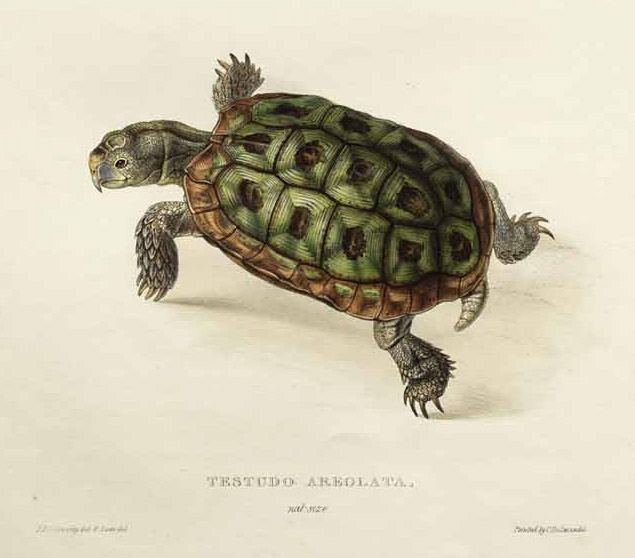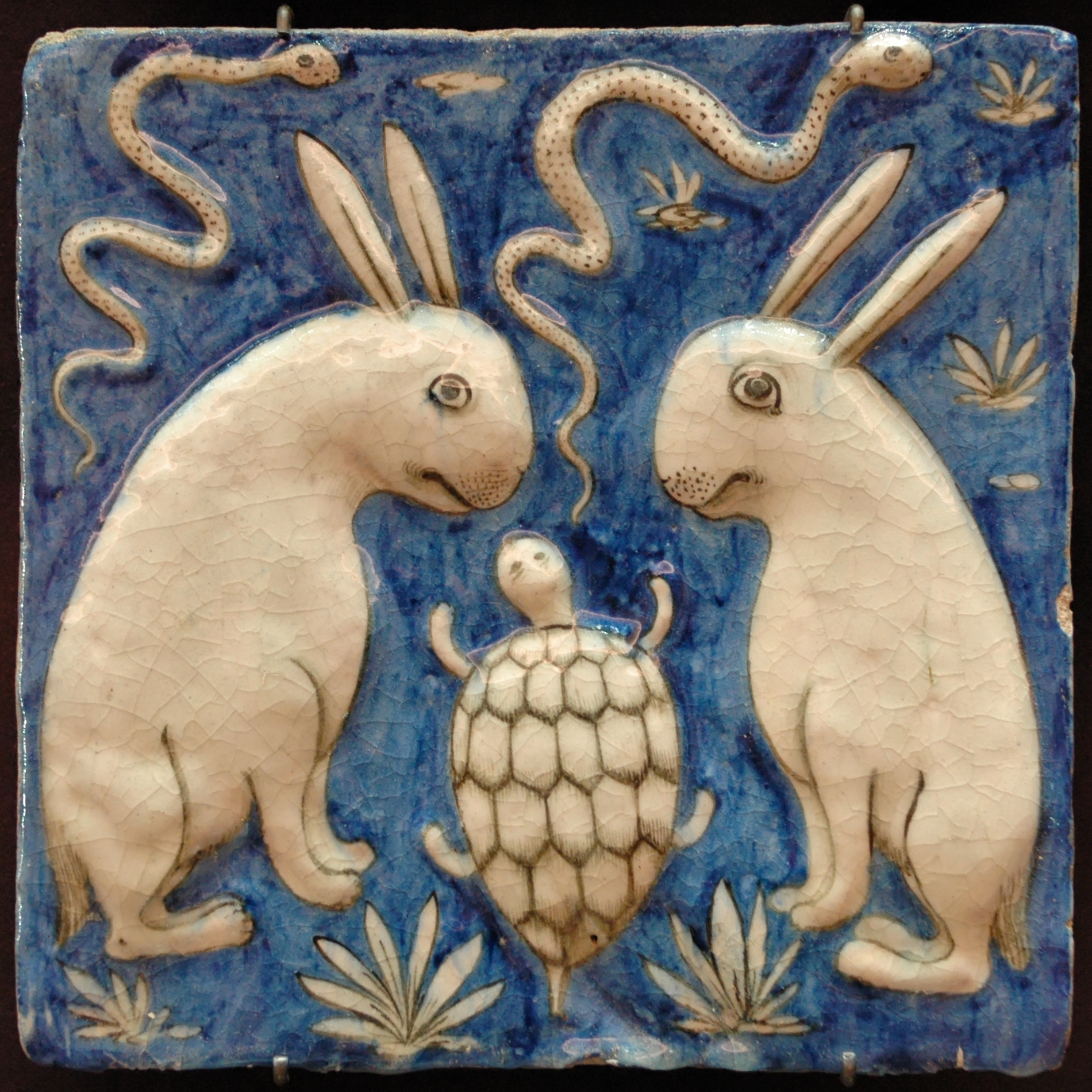|
Parrotbeaked Tortoise
''Homopus areolatus'', commonly known as the common padloper or parrot-beaked tortoise, is a tiny species of tortoise of the genus '' Homopus'', indigenous to the southern part of South Africa. Naming ''Homopus areolatus'' is known by a wide range of common names. In its native region in southern Africa (and in much of the scientific community) it is usually known as the common padloper due to its being by far the most commonly occurring of all the ''Homopus'' ("padloper") species.Loehr, V.,Common Padloper (''Homopus areolatus''), World Chelonian Trust (retrieved August 20, 2013) It is also commonly known as the parrot-beaked tortoise, due to the relatively large beak that the males of the species possess. CITES species gallery. [...More Info...] [...Related Items...] OR: [Wikipedia] [Google] [Baidu] |
Common Name
In biology, a common name of a taxon or organism (also known as a vernacular name, English name, colloquial name, country name, popular name, or farmer's name) is a name that is based on the normal language of everyday life; and is often contrasted with the scientific name for the same organism, which is Latinized. A common name is sometimes frequently used, but that is not always the case. In chemistry, IUPAC defines a common name as one that, although it unambiguously defines a chemical, does not follow the current systematic naming convention, such as acetone, systematically 2-propanone, while a vernacular name describes one used in a lab, trade or industry that does not unambiguously describe a single chemical, such as copper sulfate, which may refer to either copper(I) sulfate or copper(II) sulfate. Sometimes common names are created by authorities on one particular subject, in an attempt to make it possible for members of the general public (including such interested par ... [...More Info...] [...Related Items...] OR: [Wikipedia] [Google] [Baidu] |
Tortoise
Tortoises () are reptiles of the family Testudinidae of the order Testudines (Latin: ''tortoise''). Like other turtles, tortoises have a turtle shell, shell to protect from predation and other threats. The shell in tortoises is generally hard, and like other members of the suborder Cryptodira, they retract their necks and heads directly backward into the shell to protect them. Tortoises can vary in size with some species, such as the Galápagos tortoise, Galápagos giant tortoise, growing to more than in length, whereas others like the Chersobius signatus, Speckled cape tortoise have shells that measure only long. Several lineages of tortoises Giant tortoise, have independently evolved very large body sizes in excess of 100 kg, including the Galápagos tortoise, Galapagos giant tortoise and the Aldabra giant tortoise. They are usually Diurnality, diurnal animals with tendencies to be crepuscular depending on the ambient temperatures. They are generally reclusive animals. ... [...More Info...] [...Related Items...] OR: [Wikipedia] [Google] [Baidu] |
Homopus
''Homopus'' is a genus of tiny tortoises in the family Testudinidae, endemic to southern Africa. Three species have been moved to the genus Chersobius. Naming As a group, these closely related species are commonly known in Europe and Africa as padlopers (originally meaning "path-walkers" in Afrikaans), due to their habit of making tiny pathways through vegetation. In other parts of the world, such as the United States, they are known as Cape tortoises. Distribution The genus is indigenous and endemic to South Africa. Species The genus contains these species: Conservation and captivity They are threatened by habitat destruction, traffic on roads, overgrazing, and poaching for the pet trade. Another threat comes from introduced species An introduced species, alien species, exotic species, adventive species, immigrant species, foreign species, non-indigenous species, or non-native species is a species living outside its native distributional range, but which has arrived th ... [...More Info...] [...Related Items...] OR: [Wikipedia] [Google] [Baidu] |
South Africa
South Africa, officially the Republic of South Africa (RSA), is the southernmost country in Africa. It is bounded to the south by of coastline that stretch along the South Atlantic and Indian Oceans; to the north by the neighbouring countries of Namibia, Botswana, and Zimbabwe; and to the east and northeast by Mozambique and Eswatini. It also completely enclaves the country Lesotho. It is the southernmost country on the mainland of the Old World, and the second-most populous country located entirely south of the equator, after Tanzania. South Africa is a biodiversity hotspot, with unique biomes, plant and animal life. With over 60 million people, the country is the world's 24th-most populous nation and covers an area of . South Africa has three capital cities, with the executive, judicial and legislative branches of government based in Pretoria, Bloemfontein, and Cape Town respectively. The largest city is Johannesburg. About 80% of the population are Black South Afri ... [...More Info...] [...Related Items...] OR: [Wikipedia] [Google] [Baidu] |
CITES
CITES (shorter name for the Convention on International Trade in Endangered Species of Wild Fauna and Flora, also known as the Washington Convention) is a multilateral treaty to protect endangered plants and animals from the threats of international trade. It was drafted as a result of a resolution adopted in 1963 at a meeting of members of the International Union for Conservation of Nature (IUCN). The convention was opened for signature in 1973 and CITES entered into force on 1 July 1975. Its aim is to ensure that international trade (import/export) in specimens of animals and plants included under CITES, does not threaten the survival of the species in the wild. This is achieved via a system of permits and certificates. CITES affords varying degrees of protection to more than 38,000 species. , Secretary-General of CITES is Ivonne Higuero. Background CITES is one of the largest and oldest conservation and sustainable use agreements in existence. There are three working langu ... [...More Info...] [...Related Items...] OR: [Wikipedia] [Google] [Baidu] |
Testudo Areolata Bell
Testudo (which meant "tortoise" in classical Latin) may refer to: * Battering ram, an armored siege engine with metal plating on the top to protect from missiles fired from above * Chevrolet Testudo, a concept car designed and built by Bertone on a Chevrolet Corvair unibody chassis * Steel Testudo or the Nationalist-Socialist Party of Romania, 1930s political party * Testudo (mascot), the mascot of University of Maryland, College Park * ''Testudo'' (genus), a genus in the tortoise family of turtles * Testudo formation, a Roman military tactic which involved a formation of soldiers using their shields to form a tortoise-shell-like protective cover against enemy weapons * Testudo, the Latin variant of the Greek chelys harp, involving a sound-box made from a tortoise shell * Testudo, an obsolete constellation now in the constellation of Pisces Pisces may refer to: * Pisces, an obsolete (because of land vertebrates) taxonomic superclass including all fish * Pisces (astrology), an astr ... [...More Info...] [...Related Items...] OR: [Wikipedia] [Google] [Baidu] |
Greater Padloper
''Homopus femoralis'', commonly known as the greater padloper, is a small tortoise of the genus ''Homopus'', indigenous to the highveld grasslands of South Africa.Karoo Cape tortoise species gallery. Description  As its name suggests, the greater padloper is the largest of all the ''Homopus'' ("padloper") tortoises, but it is nonetheless tiny, averaging slightly over 10 cm in length – though males tend to be smaller. It has relatively large buttock tubercles. Like its ...
As its name suggests, the greater padloper is the largest of all the ''Homopus'' ("padloper") tortoises, but it is nonetheless tiny, averaging slightly over 10 cm in length – though males tend to be smaller. It has relatively large buttock tubercles. Like its ...
[...More Info...] [...Related Items...] OR: [Wikipedia] [Google] [Baidu] |
Beaked Cape Tortoise
''Homopus areolatus'', commonly known as the common padloper or parrot-beaked tortoise, is a tiny species of tortoise of the genus ''Homopus'', indigenous to the southern part of South Africa. Naming ''Homopus areolatus'' is known by a wide range of common names. In its native region in southern Africa (and in much of the scientific community) it is usually known as the common padloper due to its being by far the most commonly occurring of all the ''Homopus'' ("padloper") species.Loehr, V.,Common Padloper (''Homopus areolatus''), World Chelonian Trust (retrieved August 20, 2013) It is also commonly known as the parrot-beaked tortoise, due to the relatively large beak that the males of the species possess. species gallery. ... [...More Info...] [...Related Items...] OR: [Wikipedia] [Google] [Baidu] |
Endemism
Endemism is the state of a species being found in a single defined geographic location, such as an island, state, nation, country or other defined zone; organisms that are indigenous to a place are not endemic to it if they are also found elsewhere. For example, the Cape sugarbird is found exclusively in southwestern South Africa and is therefore said to be ''endemic'' to that particular part of the world. An endemic species can be also be referred to as an ''endemism'' or in scientific literature as an ''endemite''. For example '' Cytisus aeolicus'' is an endemite of the Italian flora. '' Adzharia renschi'' was once believed to be an endemite of the Caucasus, but it was later discovered to be a non-indigenous species from South America belonging to a different genus. The extreme opposite of an endemic species is one with a cosmopolitan distribution, having a global or widespread range. A rare alternative term for a species that is endemic is "precinctive", which applies to ... [...More Info...] [...Related Items...] OR: [Wikipedia] [Google] [Baidu] |
Republic Of South Africa
South Africa, officially the Republic of South Africa (RSA), is the southernmost country in Africa. It is bounded to the south by of coastline that stretch along the South Atlantic and Indian Oceans; to the north by the neighbouring countries of Namibia, Botswana, and Zimbabwe; and to the east and northeast by Mozambique and Eswatini. It also completely enclaves the country Lesotho. It is the southernmost country on the mainland of the Old World, and the second-most populous country located entirely south of the equator, after Tanzania. South Africa is a biodiversity hotspot, with unique biomes, plant and animal life. With over 60 million people, the country is the world's 24th-most populous nation and covers an area of . South Africa has three capital cities, with the executive, judicial and legislative branches of government based in Pretoria, Bloemfontein, and Cape Town respectively. The largest city is Johannesburg. About 80% of the population are Black South Africans ... [...More Info...] [...Related Items...] OR: [Wikipedia] [Google] [Baidu] |
Western Cape
The Western Cape is a province of South Africa, situated on the south-western coast of the country. It is the fourth largest of the nine provinces with an area of , and the third most populous, with an estimated 7 million inhabitants in 2020. About two-thirds of these inhabitants live in the metropolitan area of Cape Town, which is also the provincial capital. The Western Cape was created in 1994 from part of the former Cape Province. The two largest cities are Cape Town and George. Geography The Western Cape Province is roughly L-shaped, extending north and east from the Cape of Good Hope, in the southwestern corner of South Africa. It stretches about northwards along the Atlantic coast and about eastwards along the South African south coast (Southern Indian Ocean). It is bordered on the north by the Northern Cape and on the east by the Eastern Cape. The total land area of the province is , about 10.6% of the country's total. It is roughly the size of England or the S ... [...More Info...] [...Related Items...] OR: [Wikipedia] [Google] [Baidu] |




.jpg)